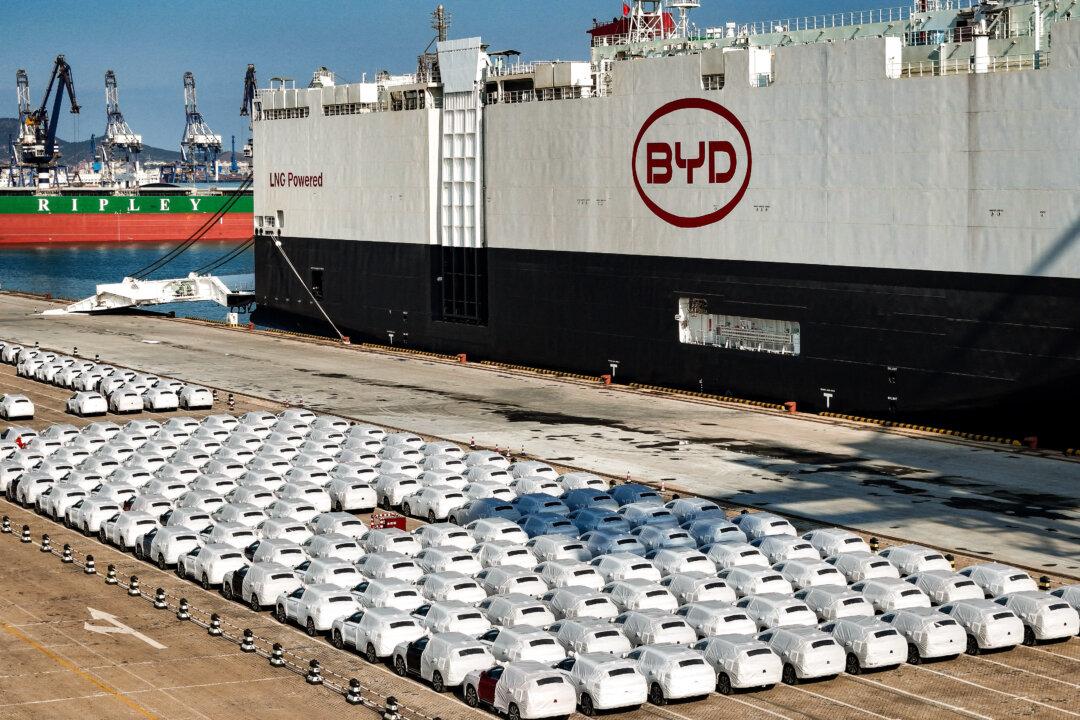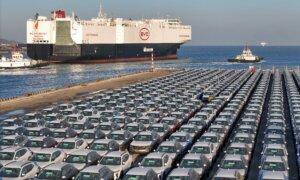China likes to claim that it has become a manufacturing powerhouse due to its competitiveness and ruthlessness. However, the reality is decidedly not as favorable to the supposed brutality of “free market socialism” that the Chinese regime likes to portray. How much have subsidies and financial assistance from Beijing helped Chinese firms?
For years, as Chinese trade surpluses grew and foreign firms missed out on opportunities in China, firms would regularly complain about the assistance and hand-in-glove relationship given to Chinese competitors. While foreign governments and firms complained about the market-closing measures enacted in China, what worried them most were the subsidies that helped Chinese firms export to the rest of the world.
The subsidies became more prominent as China began to wean off Western technology under Chinese Communist Party (CCP) leader Xi Jinping. That plan, originally named China 2025, has since taken different catchphrases. The CCP has declared its intent to dominate the industries of tomorrow, and it has poured billions of dollars into supporting state-owned firms in their drive to become industrial leaders.
According to a recent study by the Kiel Institute for the World Economy, Chinese subsidies to industry are massive in both absolute and relative terms. Chinese industrial subsidies amount to 1.73 percent of gross domestic product (GDP), ranging from approximately three to four times the industrial subsidies seen in European, Asian, and North American economies. For instance, Chinese industrial subsidies are four times higher than those of the United States, with industrial subsidies of 0.39 percent of GDP. Europe and Asian economies subsidize a little more than the United States, but they stay within the range of about 0.4 to 0.65 percent of GDP.
We see a similarly distorted picture of industrial economics even at specific firms. As a simple comparison, in 2022, the electrical vehicle firm BYD received subsidies totaling more than 3.5 percent of its revenue. In other words, the subsidy amount represented more than its entire declared normalized net income, and BYD would not have made a profit without Chinese subsidies.
Other reports and factors compound the regime’s subsidies. A recent report by European Commission noted that due to the state-managed economy, Chinese banks are incentivized to cancel debts in various ways to channel implicit subsidies to firms. Another example is the lower price of inputs from buying from subsidized suppliers.
Subsidies have become more important as Chinese exports surge due to overcapacity and sluggish domestic demand. All the investment-building plants seek out customers globally as demand stagnates and businesses fight to stay alive. Those public subsidies are keeping unprofitable firms afloat.
Governments are using these findings to push policies that will block or raise the price of Chinese subsidized goods in their own markets. Trade agreements, from the World Trade Organization to bilateral requirements, do not allow countries to subsidize their firms. Given the clear violations, the only question will be whether other countries pursue political or legal remedies or back down from potential Chinese threats.
Years ago, when more foreign firms were in China, they would have lobbied their home governments not to impose trade penalties. Now, however, the picture has changed. China’s sustained anti-foreigner market protectionism has given it less leverage with many firms as those companies have sought other markets. Beijing’s anti-foreign market position leaves it little leverage with some of its best lobbyists.
One of the regular complaints of governments around the world is Chinese subsidy practices. Given the flood of deflationary exports and the wealth of evidence, the only question is whether governments will act.







